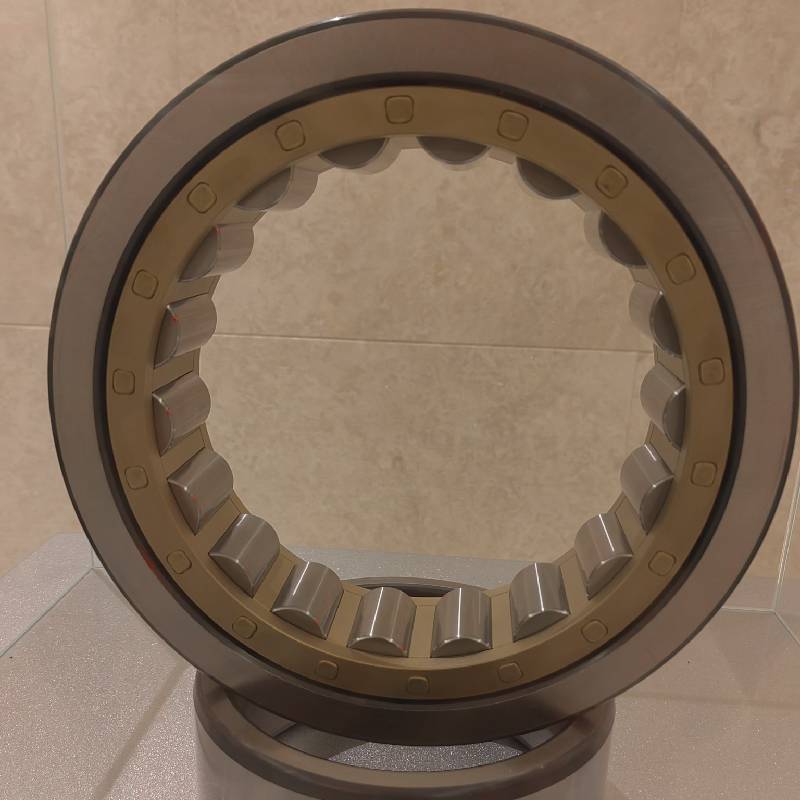
Dec . 26, 2024 19:42 Back to list
Understanding Tapered Roller Bearing Clearance in Mechanical Applications
Understanding Taper Roller Bearing Clearance
Taper roller bearings are a pivotal component in various machinery, providing crucial support and load-bearing capabilities. One of the most significant factors affecting their performance is the clearance between the bearing components. This article delves into the intricacies of taper roller bearing clearance, its importance, implications on functionality, and how to effectively manage it.
What is Taper Roller Bearing Clearance?
Taper roller bearings consist of an inner and outer ring, tapered rollers, and a cage. The taper angle allows the rolling elements to handle both radial and axial loads simultaneously. Clearance refers to the intentional space between the rolling elements and the raceways in the bearing. This clearance accommodates the expansion of the bearing materials under load and temperature, ensuring smooth operation.
Importance of Bearing Clearance
1. Load Distribution Proper clearance allows for optimum load distribution among the rollers. Insufficient clearance can lead to increased contact stress, resulting in premature wear, overheating, and potential failure.
2. Thermal Expansion As machinery operates, components, including taper roller bearings, expand due to increased temperatures. Adequate clearance ensures there is enough space for this thermal expansion without inducing additional stress on the rolling elements.
3. Lubrication Effectiveness Clearance is crucial for effective lubrication. Too little space may impede the flow of lubricant, leading to inadequate lubrication and, ultimately, increased friction and wear. Conversely, excessive clearance may lead to excessive oil flow, causing cavitation or aeration of the lubricant.
4. Operational Stability Proper clearance contributes to the overall stability of the bearing during operation. Insufficient or excessive clearance can cause vibration, excessive noise, and eventual mechanical failure.
Types of Clearance in Taper Roller Bearings
Taper roller bearing clearance can be categorized mainly into two types radial clearance and axial clearance
.taper roller bearing clearance

- Radial Clearance This refers to the space between the roller and raceway in the radial direction. It is typically specified during the bearing design and is vital for accommodating radial loads.
- Axial Clearance This space is crucial for allowing the bearing to handle axial loads. It is usually more stringent than radial clearance because improper axial clearance can drastically affect bearing performance.
Measuring Bearing Clearance
To ensure optimal performance, the clearance of taper roller bearings must be accurately measured during installation and maintenance. This can be done using specialized tools such as feeler gauges or dial indicators. Measurements should be taken at multiple points around the bearing to account for any variations due to load conditions or wear.
Adjusting Bearing Clearance
It is essential to maintain the correct clearance for taper roller bearings throughout their service life. Should the clearance fall outside the recommended parameters, adjustments must be made. Here are some methods for adjusting clearance
- Shimming Adding or removing shims can effectively adjust the axial and radial clearance. This process usually requires disassembling the bearing housing and can be labor-intensive.
- Preload Techniques Applying a specified amount of preload can optimize clearance and improve bearing performance under load. However, care must be taken not to exceed the recommended preload levels, as excessive preload can lead to increased wear and overheating.
- Monitoring Regular monitoring of bearing clearance is crucial. Techniques such as vibration analysis or temperature monitoring can indicate when a bearing may be experiencing clearance issues.
Conclusion
Taper roller bearing clearance is a critical aspect of bearing design and functionality. Understanding the importance of clearance, the types available, and methods for measurement and adjustment are essential for anyone involved in the maintenance and operation of machinery. By ensuring proper clearance, one can significantly enhance the bearing's performance, longevity, and reliability, ultimately leading to improved machine efficiency and reduced operational costs. Whether in automotive engineering, aerospace, or heavy machinery, managing taper roller bearing clearance is foundational to achieving operational excellence.
Latest news
-
Premium Deep Groove Ball Bearings | High Speed & Reliability
NewsAug.29,2025
-
Durable Scaffolding Clamps - Secure & Reliable Tube Connectors
NewsAug.28,2025
-
Common Failures in Thrust Ball Bearings and Solutions
NewsAug.22,2025
-
How Tapered Roller Bearings Can Take Shock Loads
NewsAug.22,2025
-
Angular Bearings in High-Precision Spindles
NewsAug.22,2025
-
The Impact of Misalignment on Cylindrical Roller Bearing Performance
NewsAug.22,2025
